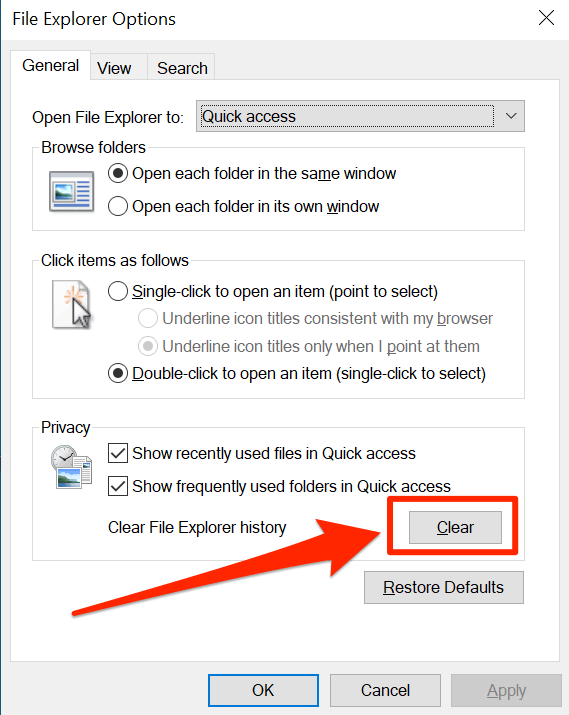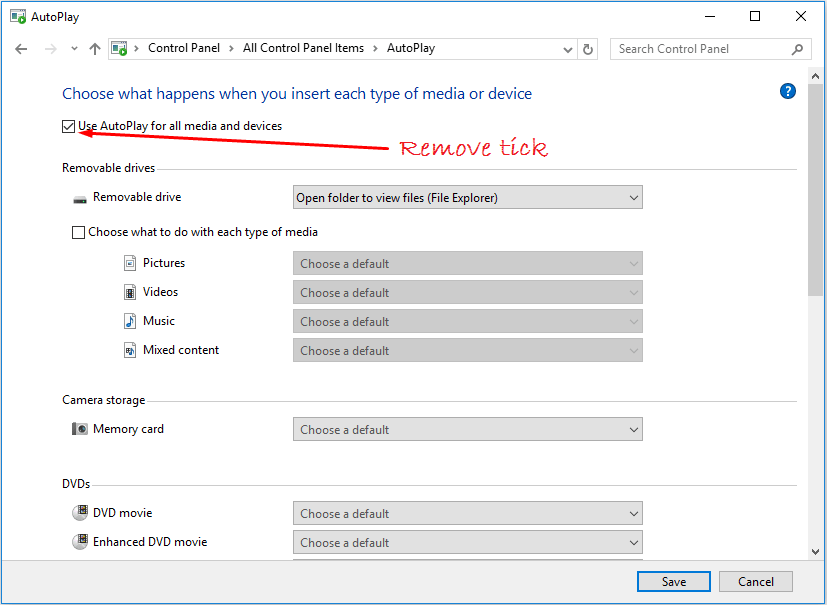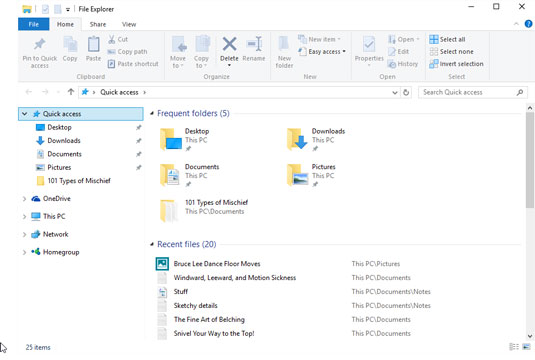

Should a single folder window become unstable, this setting should help to prevent Explorer from crashing entirely. With this setting applied, each new window opened in File Explorer will run under its own separate process. In the Advanced settings window, press the Launch folder windows in a separate process checkbox to enable the feature. In the Folder Options window, press the View tab. To do this, open File Explorer and press File > Change folder and search options or File > Options (depending on your current view). To help overcome this issue, you can change this setting to split each new File Explorer window into a separate process. This can cause some stability issues, especially for slower PCs. That means that each new File Explorer window that opens is placed together into a single system process. The Explorer process usually runs as a single process on your PC. While this isn’t a miracle fix for a crashing Explorer process, new updates come with bug fixes and stability improvements that could resolve the issue. Once Windows downloads any available updates, restart your PC to install them. If there are any pending updates, press Install Now, otherwise press Check for Updates to search for any available updates. In the Settings menu, press Update & Security > Windows Update. To do this, right-click the Start menu and press Settings. If your PC is out of date, you’ll need to check for new system updates. Minor updates containing bug and security fixes are issued regularly, while major releases containing new features are issued twice a year.

Rather than issue new major Windows releases (like Windows 7 or Windows XP), Microsoft shifted to a service release model with the release of Windows 10. If it detects any (and where possible to do so), Windows will repair and replace the files, ensuring the overall integrity of your Windows installation. The SFC tool will take some time to scan your PC for file errors.

In the new PowerShell window, type sfc /scannow, then press the Enter key. To open a new PowerShell window, right-click the Start menu and press the Windows PowerShell (Admin) option. To check for (and repair) any missing or corrupt system files, you can run the System File Checker tool (SFC) using the Windows PowerShell. When File Explorer keeps crashing, missing or corrupt files are among the most common causes. If the Windows 10 Explorer keeps crashing, you may be able to fix the problem by following the steps below. Thankfully, there are some common troubleshooting methods you can try to resolve the issue.


 0 kommentar(er)
0 kommentar(er)
